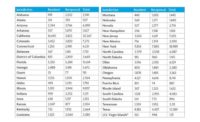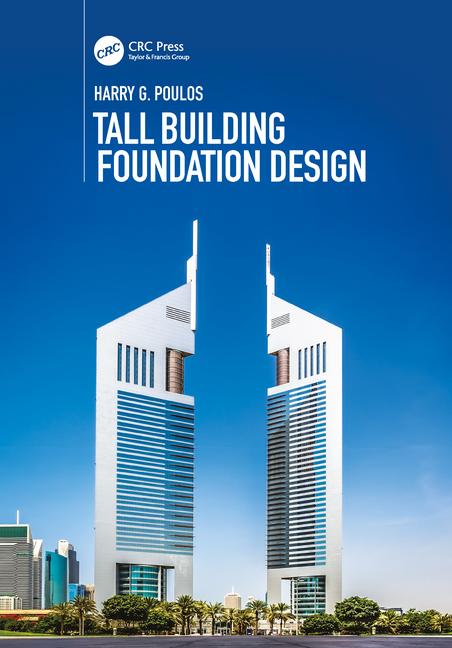Number of U.S. Architects Continues Upward Trend

The number of architects licensed in the United States rose to 116,242 in 2019, according to the annual Survey of Architectural Registration Boards. This represents a 1 percent increase from 2018 and a 10 percentage point increase compared to the number of U.S. architects seen a decade ago.
Conducted annually by the National Council of Architectural Registration Boards (NCARB), the survey provides exclusive insight into data from the architectural licensing boards of the 50 U.S. states, the District of Columbia, Guam, the Northern Mariana Islands, Puerto Rico, and the U.S. Virgin Islands.
The increase in the number of architects in 2019 is especially apparent when compared to the U.S. population: while the number of architects licensed in the U.S. has risen over 10 percent in the last decade, the total U.S. population has risen just 6 percent, according to data from the U.S. Census Bureau.
While this data may shift in the coming years as the COVID-19 pandemic impacts architectural practice and licensure, data from the survey highlights the relative health of the profession prior to the virus’ outbreak.
“There is reassurance in knowing the profession was in excellent health going into this challenging time, and we hope it emerges stronger and more dynamic than ever before,” said NCARB CEO Michael Armstrong. “With our data serving as a baseline for the state of licensure, we can monitor the impact and identify opportunities to provide support in the years to come.”
The 2019 Survey of Architectural Registration Boards also reveals that there continue to be more reciprocal (out-of-state) licenses than resident licenses issued across the U.S. There were 137,639 reciprocal licenses reported in 2019, approximately 10 percent more than in 2018 and over 20,000 higher than the number of individual architects. This marks the largest increase seen in recent years and could be a result of many factors, including market needs and efforts to publicize pathways to reciprocity for architects.
In 2019, nearly 4,000 candidates finished their final core requirement for licensure—a step that indicates an individual has completed the national experience and examination programs. The average licensure candidate who completed their final core requirement for licensure—including education (i.e., by earning a B.Arch., M.Arch., or D.Arch. degree from a National Architectural Accrediting Board-accredited program), experience, and examination—took 12.7 years. This is 2 percent less time (about four months) than candidates who completed their final core requirement in 2018.
The survey reflects registration data from January to December 2019. Additional data on the path to licensure will be available in July’s 2020 edition of NCARB by the Numbers.
Learn more about NCARB’s data and the Survey of Architectural Registration Boards.
Looking for a reprint of this article?
From high-res PDFs to custom plaques, order your copy today!








